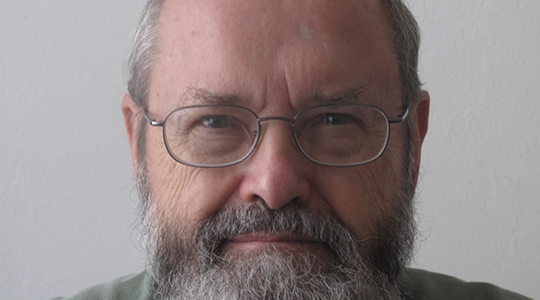Phill Niblock
[US]

American minimalist composer Phill Niblock has been active in his multimedia endeavours since the mid-60s. For CTM 2014, he performs as part of a spectrum of experimentalists that also includes instrumental brass innovators Zinc & Copper Works, percussionist and installation artist Eli Keszler, and concrète improviser Valerio Tricoli.
While often associated with American Minimal Music and its protagonists, such as La Monte Young, Terry Riley, Steve Reich, and Philip Glass, Niblock has always remained somewhat off the beaten path, a maverick presence on the fringes of the avant-garde that ventured further into profound reductionism.
Niblock’s music is like geological movement, characterized by multiple tones sounding simultaneously for long stretches, so as to create a very dense, seemingly static sound. These microtonal compositions without rhythm or melody define minimalist music in the truest sense of the term. Niblock’s performances usually incorporate film footage or other visual elements such as slides, video, and photography, often combining more than one.
Niblock moved to New York in 1958, after studying economics at the University of Indiana. He first started working with photography and video before composing his first musical pieces in 1968. He attributes this shift to the particularly vibrant and vital avant-garde music scene of New York at that time. He began curating the CD series of the Experimental Intermedia Foundation (EIF), along with David Behrman and Lois V. Vierk. He has been involved in EIF since the late 60s, became its producer in the early 70s, and director in 1985. Since then, his shows have been presented at a number of art museums and spaces in North America and Europe, including MoMA, London's Institute of Contemporary Art, and Palais des Beaux Arts in Brussels. He has received numerous grants from organizations including the NEA and the Guggenheim Foundation, and has taught at the City University of New York since 1971.
Niblock should not only be regarded as one of the most interesting composers of our time, but also as a vital organizational personality in the creative life of New York. He has turned his vast apartment into a studio for his Experimental Intermedia project, which continues to regularly host events with up-and-coming as well as established musicians and artists.


